Introduction
Large-scale land acquisitions (LSLAs) have become a global issue with far-reaching impacts on communities, economies, and the environment. These acquisitions, which involve the transfer of vast expanses of land to foreign investors or corporations, result in significant shifts in land use and ownership patterns. The implications of LSLAs are multifaceted, affecting social dynamics, economic consequences, environmental considerations, and individual lives.
This article explores the complex challenges posed by LSLAs and the need for sustainable land governance. It delves into the theoretical framework of multilevel governance, examines case studies from Zambia and other countries, analyzes the impacts on local livelihoods and development, explores the socio-ecological patterns, compares alternative models, discusses challenges and opportunities in land governance, and looks at future directions for land governance and LSLAs. By understanding the multifaceted nature of land acquisitions and adopting innovative strategies, we can work towards more equitable and sustainable outcomes.
Background on Large-Scale Land Acquisitions (LSLAs)
The phenomenon of Large-scale land acquisitions (LSLAs) is a complex global issue with far-reaching impacts on communities, economies, and the environment. SLAs, which involve the transfer of vast expanses of land to foreign investors or corporations, often result in significant shifts in land use and ownership patterns. For instance, the development of transportation infrastructure, such as railway projects in developing nations, is closely linked to changes in land use and cover (LULC).
A study focusing on railway infrastructure's effect on LULC in South Asia reveals that such projects can lead to urbanization without necessarily causing long-term forest cover loss if environmental management measures are in place.
The social implications of LSLAs are also profound. In rural areas like those in Colombia, land acquisitions can disrupt traditional land use and provoke resistance from local communities. Such confrontations are highlighted during global conferences, like the one where the Vice President of Colombia, The Honorable Francia Márquez, spoke, discussing land grabbing and strategies to address it.
Economic consequences are equally significant. These acquisitions can catalyze geopolitical, financial, and digital shifts, influencing policies and alliances on a global scale. This is evident from a study published in The Journal of Peasant Studies, which examines the evolution of global land grabbing and its implications.
Moreover, environmental considerations are central to LSLAs. As climate change intensifies, green grabbing—acquiring land for environmental purposes—becomes more prevalent, with critical implications for land governance. The LAND-at-scale program, funded by the Netherlands Ministry of Foreign Affairs, underscores the importance of fair tenure security and sustainable land use in the context of climate change.
In the United States, legal frameworks such as the National Environmental Policy Act (NEPA) aim to slow down development to protect environmental interests. However, these regulations also introduce delays and high compliance costs, illustrating the complex interplay between development and environmental conservation.
Furthermore, the financial sector's growing interest in agricultural land, particularly in water-rich areas, exemplifies the emerging 'water wars.' As farming consumes approximately 70% of global water, conflicts over water resources are increasingly common between agribusiness and small-scale food producers.
The impact of LSLAs is also visible in individual lives, as seen in the story of Val Hines, whose property lay in the path of the HS2 project in the United Kingdom. Such personal accounts bring to light the real-world effects of land acquisitions. Similarly, the Mormon Church's extensive land purchases in Nebraska reflect the scale and quiet nature of some LSLAs.
In summary, LSLAs carry multifaceted implications, from transforming local ecosystems to shifting geopolitical dynamics and fueling social resistances. Engaging with open data and leveraging technology can be instrumental in managing these acquisitions sustainably, provided there is equitable access to such data and the empowerment of marginalized communities, as demonstrated by the First Nations in Canada. With careful consideration and appropriate policies, the complex challenges posed by LSLAs can be navigated for more equitable and sustainable outcomes.
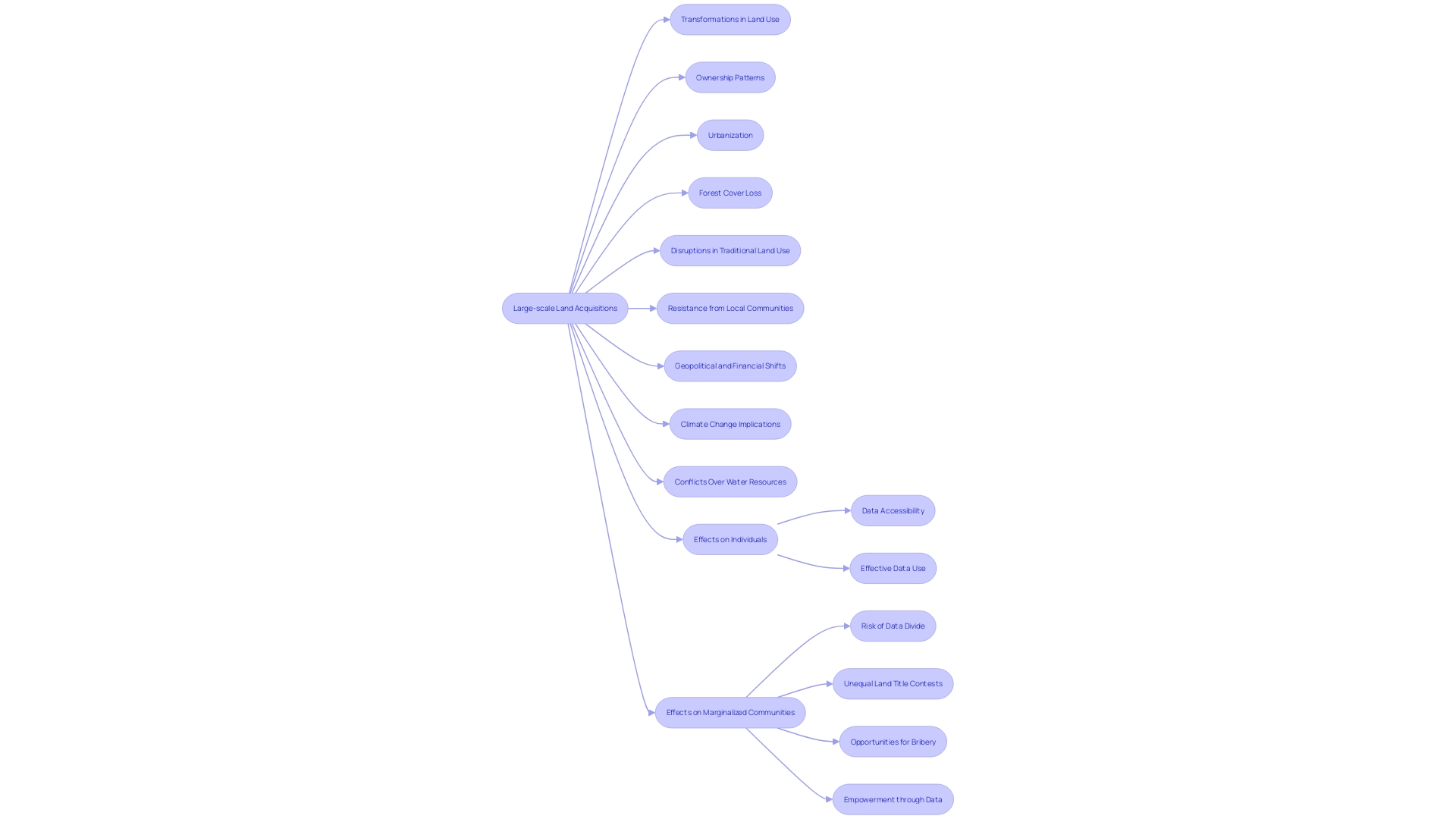
Theoretical Framework: Multilevel Governance
Exploring the intricate dynamics of land acquisitions requires an in-depth look at the multilevel governance framework at play. This multifaceted approach scrutinizes the interactions between various stakeholders across local, national, and international spheres. One can observe this through the recent amendments to Vietnam's Land Law, which were rigorously debated across multiple levels of governance before their ratification, signifying the complexity and significance of land legislation.
Key to understanding these dynamics is the assessment of governance structures and decision-making processes. For instance, the two-stage sequential challenge in Sections 34 and 37 of the A and C Act provides a legal foundation for arbitration in land disputes, underscoring the importance of clear and accessible legal recourse in land-related matters.
Moreover, the risks associated with land management, such as the increasing threat of wildfires, illuminate the need for robust governance and safety standards. These standards must balance economic trade-offs, such as higher electricity rates for the general public, and consider the reputational risks to utilities that are often subject to scrutiny in the media.
The impact of governance on economic activity is also noteworthy. Historical data suggests that jurisdictional changes, whether peaceful or violent, initially disrupt cities but can lead to positive long-term outcomes if the new jurisdiction provides a more conducive environment for economic growth. This underscores the potential benefits of carefully planned land acquisitions that account for governance quality.
Similarly, the relationship dynamics within these governance systems often carry value and directionality, such as the protection afforded by a forest to its inhabitants or the carbon sequestration it provides to humanity. When aggregated, these relationships contribute to a system that is greater than the sum of its parts, reflecting the complexity and emergent value inherent in well-governed land acquisitions.
In contemporary discourse, the amended Land Law in Vietnam and the discussions around it highlight the relevance of land management to political, economic, social, defense, security, and environmental considerations. It is a testament to the multifaceted nature of land governance and the necessity for all-encompassing legislation that addresses the rights and responsibilities of land users within a nation's territory.
This complex interplay of governance, risk, and legal frameworks is essential for directors of land acquisition to navigate to ensure successful and sustainable outcomes in the acquisition and management of land.
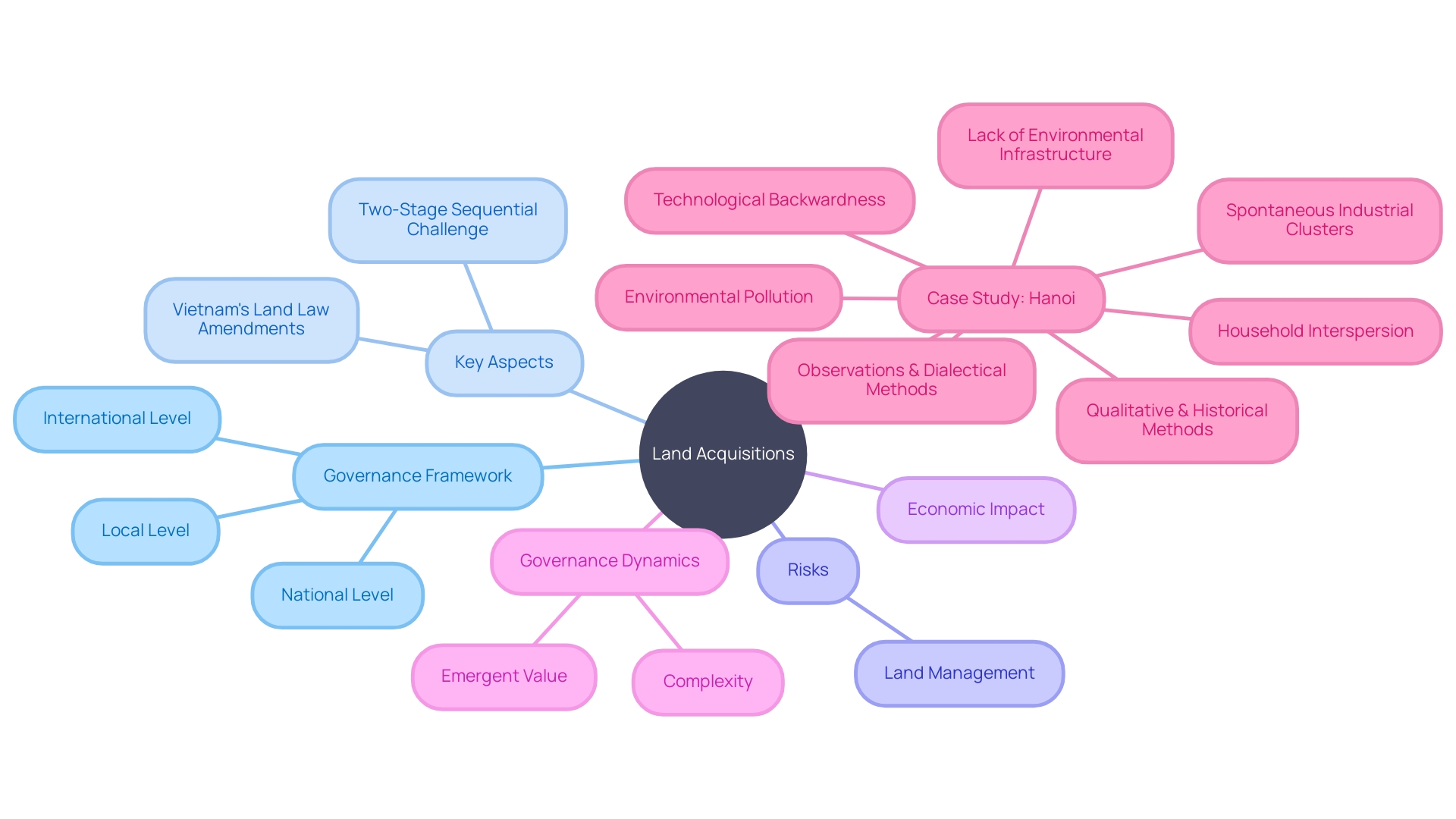
Case Study: Land Governance in Zambia
Zambia has seen a notable increase in land acquisitions in recent years, which has drawn attention to its land governance system. A deep dive into Zambia's approach to land acquisition reveals a structured process governed by specific policies and laws. This system involves various actors, each playing a crucial role in ensuring adherence to the legal framework and the smooth execution of land acquisition transactions.
One of the landmark initiatives in the realm of equitable land access is Colombia's Reforma Rural Integral (RRI), which aims to provide land to displaced families, formalize rural land tenure, and offer free land to low-income households. This comprehensive reform is implemented by two institutions, namely ANT and Agencia de Desarrollo Rural (ADR), and serves as a case study for Zambia and other countries striving to resolve land-related issues and achieve sustainable land use.
Furthermore, in the context of global land governance challenges, the LAND-at-scale program, funded by the Netherlands Ministry of Foreign Affairs, has set an exemplary model. It focuses on enhancing tenure security, sustainable land use, and conflict reduction over land. Importantly, LAND-at-scale emphasizes upscaling successful land governance interventions and enhancing knowledge and learning, integrating climate change as a key theme to build climate resilience.
The nexus between land governance and climate resilience is underscored by the Intergovernmental Panel on Climate Change, which recognizes the critical impact of land use on climate change. Projects under the LAND-at-scale program are selected based on their potential to contribute to adaptation to climate change, thus aligning land governance with global environmental goals.
Zambia's land governance framework could benefit from the insights of these global initiatives and the experiences of other nations. The LAND-at-scale programme's emphasis on open data and its effective use can support land administration systems for sustainable socio-economic and environmental management. The programme's approach to empowering vulnerable communities to manage their own data and prevent the risks of a 'data divide' is particularly relevant.
The importance of a community-based approach to land governance is also highlighted in recent news. China and Zambia's joint commitment to building a community with a shared future for mankind and supporting each other in international affairs reflects the need for international cooperation in land governance and reform.
In summary, Zambia's land acquisition processes can draw on the experiences of global land governance reforms and interventions, such as those in Colombia and the LAND-at-scale program, to address its own challenges and leverage opportunities for sustainable development.
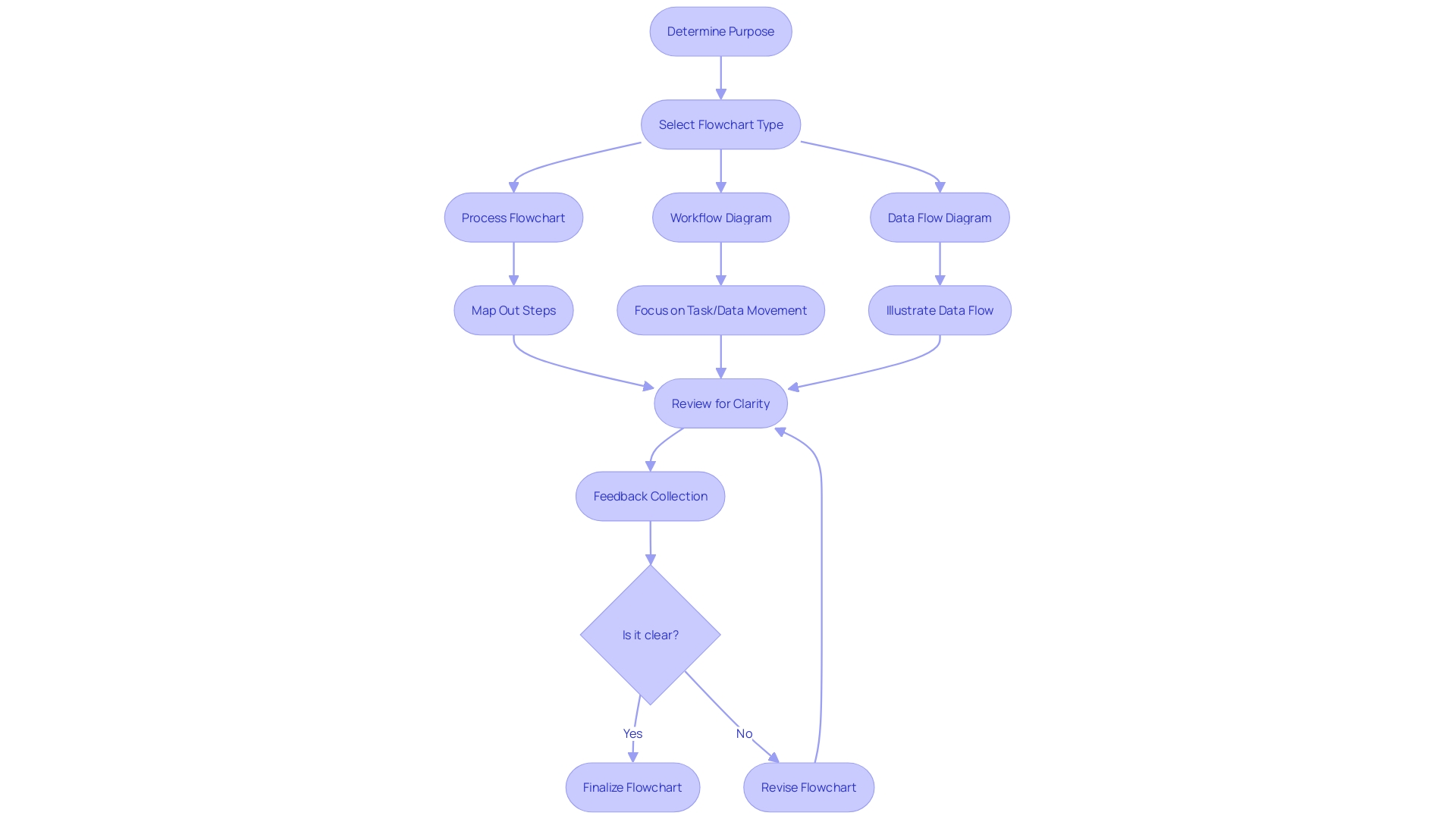
Impacts on Local Livelihoods and Development
Land acquisitions have profound implications on local livelihoods and economic development. They can disrupt the lives of small-scale farmers and indigenous communities, potentially undermining their food security and overall well-being, which is not solely determined by monetary income. For instance, the HS2 project in the UK necessitated the acquisition of land that had been home to families for generations, illustrating the personal impact such projects can have.
The case of Val Hines, whose property lay in the path of the HS2 railway, exemplifies the disruptive nature of land acquisitions. Her story brings to light the tension between infrastructure development and the preservation of local communities' way of life. Similarly, in Sankhuwasabha District, Indigenous Bhote Sings people faced the demolition of their land by a hydropower company, signaling the broader consequences of such projects on access to natural resources and cultural preservation.
Studies on the social and economic effects of land acquisitions show a dual narrative. While there might be improved quality of life due to new employment opportunities and income generation, there are also negative outcomes, such as the loss of traditional livelihoods and environmental degradation. For example, while sand mining has improved housing quality in some communities, it has also led to deteriorating transportation routes and increased vehicular accidents.
Contemporary literature suggests that well-being is a multidimensional construct, encompassing aspects such as life satisfaction and food security, which can be affected by land acquisitions. The contributions of wild ecosystems to these dimensions of well-being are significant and often overlooked when only income is considered. This multidimensionality and the context-dependent nature of well-being determinants highlight the complexity of assessing the true impact of land acquisitions.
In addition, the concept of open data in land administration has been proposed as a means to support sustainable socio-economic and environmental management. However, it is imperative to ensure that open data does not exacerbate inequality by only benefiting the already empowered. For instance, the digitization of land records in Bangalore, India, has led to the middle and upper-income groups exploiting documentation errors to their advantage, often at the expense of the poor.
In conclusion, the analysis of land acquisition impacts needs to be comprehensive, taking into account the multidimensional aspects of well-being and the unique context of each affected community. As the literature and case studies suggest, the effects are far-reaching and can shape the socio-economic fabric of localities for generations to come.
Socio-Ecological Patterns and Target Contexts
The matrix of socio-ecological factors is a pivotal consideration in gauging the repercussions of land acquisitions. Delving into the socio-ecological landscape of affected areas, we scrutinize elements like land utilization trends, biodiversity, ecosystem amenities, and cultural legacies. An insightful understanding of these aspects allows for an accurate assessment of the environmental and cultural impacts that accompany land acquisitions and paves the way for sustainable land stewardship models.
Specifically, research underscores the significance of land use—encompassing the ensemble of human activities, arrangements, and inputs on a given land cover type—as a dynamic entity undergoing rapid alterations since the mid-twentieth century. This dynamism stems from socio-economic evolutions such as population growth, urbanization, and shifting consumption patterns, which, in turn, impact land use and agricultural practices. As a result, these transformations have profound implications on biodiversity and human well-being by modifying key ecosystem services.
For instance, the introduction of rail infrastructure, a form of land acquisition and alteration, does not necessarily precipitate long-term forest cover loss, assuming environmental stewardship is robustly practiced. This insight emerges from analyses using satellite imagery to study land cover and land use (LULC) changes. Such findings carry significant policy weight, as burgeoning infrastructure projects, particularly in developing regions, strive to fulfill varied developmental goals.
Moreover, the interplay between environmental integrity and human well-being receives increasing recognition in international policy. For example, the Intergovernmental Science-Policy Platform on Biodiversity and Ecosystem Services (IPBES) documents the diverse nexus between humanity and nature, reinforcing the intrinsic and non-instrumental value that ecosystems offer to human health and prosperity.
In the realm of policy, the LAND-at-scale program exemplifies the commitment to securing fair and equitable land access, intertwining tenure security, gender equality, conflict resolution, and climate change within the broader context of land governance. It acknowledges the stark challenges posed by climate change to land use and underscores the necessity of integrating land governance with climate responsiveness.
Complementing these scholarly insights are real-world developments that reflect the socio-ecological implications of land-use decisions. The removal of hydroelectric dams along the Klamath River, for instance, illustrates a pivotal moment for the Yurok Tribe, marking the beginning of the river's restoration and the reclamation of cultural and ecological heritage.
In summation, the intricate fabric of socio-ecological elements surrounding land acquisitions demands a nuanced evaluation of both the immediate and far-reaching impacts. Such an assessment is essential to foster sustainable land use practices and to navigate the complex interdependencies between land, biodiversity, and human societies.
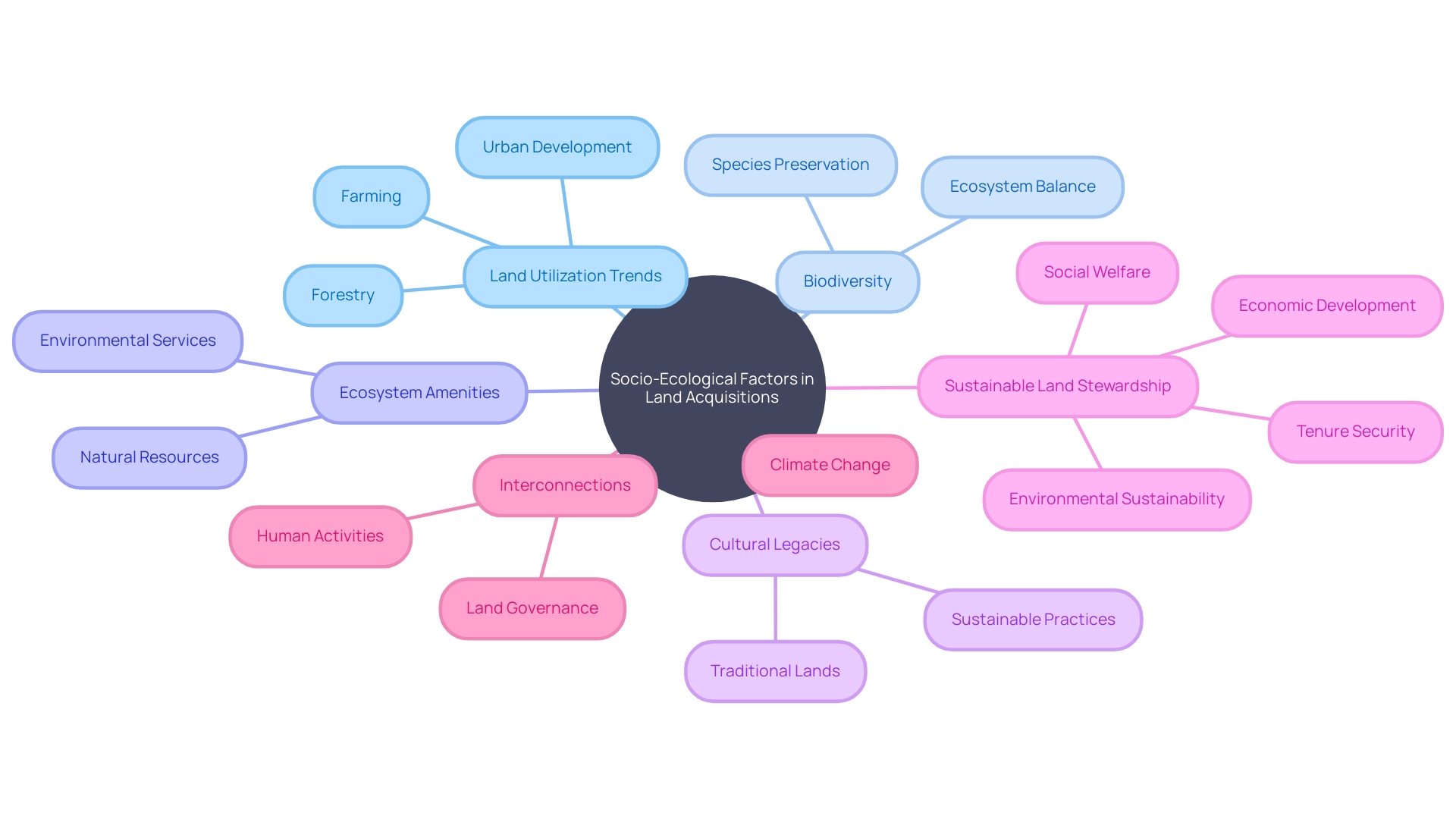
Comparison with Other Models: Wage Labor and Outgrower Schemes
Exploring the dynamics of land acquisitions in the context of agricultural production necessitates a comparison with alternative models such as wage labor and outgrower schemes. This comparative approach is crucial for understanding the impact of these models on labor rights, income distribution, and productivity. In developing countries, where official unemployment figures hover around 5-6% as per the International Labor Organization (ILO), a deeper inquiry reveals that actual unemployment may be significantly higher; self-employment often masks the true extent of joblessness.
This disparity underscores the importance of robust labor markets that efficiently connect workers to jobs, thereby fostering economic growth and improving livelihoods. The growth of firms and the shift from agricultural to manufacturing or services sectors mark a transformation that influences the labor market and the broader economy. As the agricultural sector evolves, particularly with the advent of precision agriculture, the control over valuable data pertaining to farm operations is shifting away from farmers, raising concerns about data security, privacy, and the equitable distribution of benefits from technological advancements.
In this complex landscape, land acquisitions must be scrutinized for their broader implications, including their role in economic development and environmental sustainability, recognizing that agriculture has been a primary driver of habitat destruction over millennia. Therefore, a detailed comparative analysis can offer insights into the suitability of land acquisition as a model for agricultural production within this broader economic and environmental context.
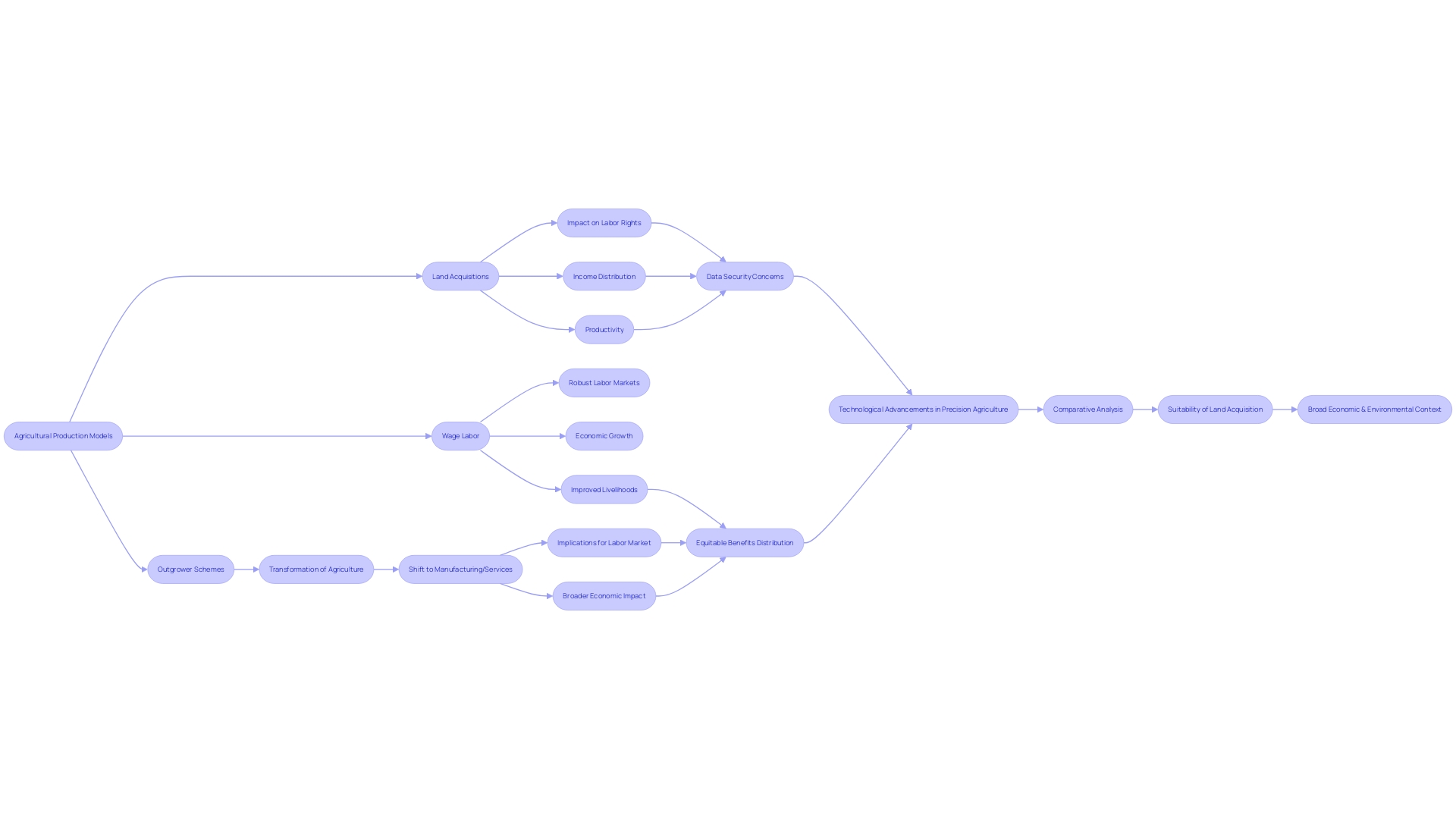
Challenges and Opportunities in Land Governance
Navigating the intricacies of land governance requires a nuanced understanding of both the challenges and the opportunities that shape this dynamic field. Central to this discourse is the importance of transparent, accountable legal and institutional frameworks that govern land acquisitions. These frameworks are instrumental in fostering participation and ensuring that land governance is sustainable and inclusive.
Open data plays a pivotal role in enhancing land administration systems, facilitating sustainable socio-economic and environmental management. However, the accessibility of open data is not sufficient on its own. There is a crucial distinction between merely having access to data and effectively utilizing it to drive positive change.
The risk that open data may inadvertently exacerbate inequality is a concern that must be addressed proactively. Ensuring that a broad spectrum of users, particularly those in vulnerable positions, have the necessary resources and skills to interpret and leverage open data is essential. This approach can prevent the 'data divide' and empower communities, as exemplified by the First Nations in Canada, who have been enabled to manage their own data effectively.
Moreover, the potential of blockchain technology in the real estate sector is being explored to revolutionize land governance. Countries like Israel are investigating how blockchain could streamline processes such as property registration, license management, and transaction security using smart contracts. The integration of this technology could lead to the creation of a national property registry, enhancing efficiency and reducing the need for intermediaries.
In Scotland, a vision for balanced land rights and responsibilities is being articulated through the Scottish Land Rights and Responsibilities Statement (LRRS). The focus is on achieving a harmony between the rights of landowners, local communities, and society. Case studies from Luss Estates and Lochgoil Community Trust highlight the mutual benefits that arise from collaborative planning between landowners and communities.
Ultimately, the goal is to move towards a future where the availability of open data serves as a foundation for informed decision-making and the provision of essential land-related services. By addressing the complexities of land governance with a multifaceted approach that includes legal reforms, community-based management, and the harnessing of technology, we can work towards a landscape that is equitable and designed for long-term sustainability.
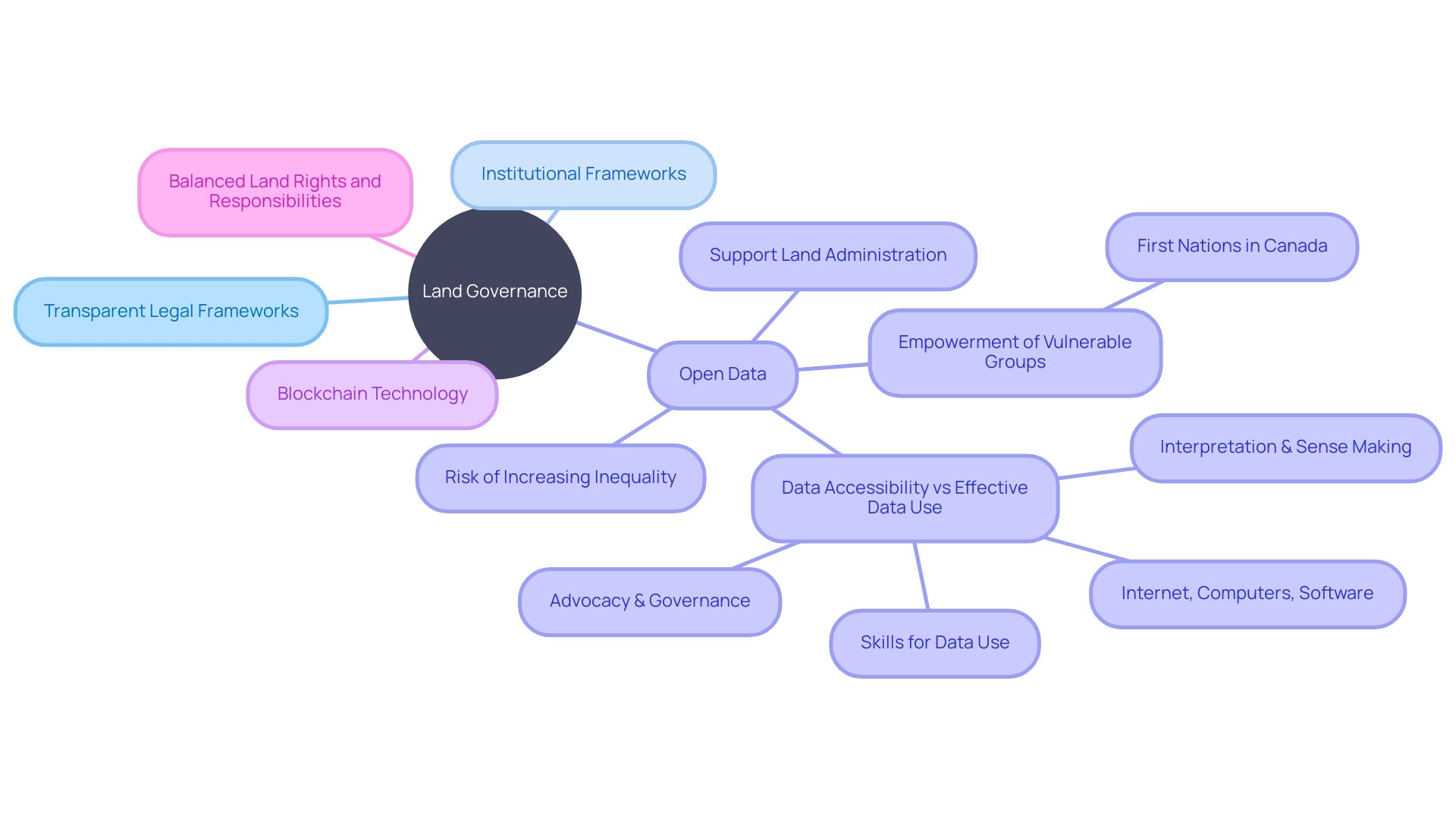
Future Directions for Land Governance and LSLAs
As we consider the future trajectory of land governance and the impact of large-scale land acquisitions, it is important to integrate innovative strategies and policy recommendations aimed at enhancing the benefits while mitigating adverse effects. Innovative approaches to land tenure need to be explored, alongside promoting responsible investment practices and bolstering the capacity of local communities and institutions.
A key initiative that exemplifies this forward-thinking approach is the LAND-at-scale program, funded by the Netherlands Ministry of Foreign Affairs. The program, running from 2019 to 2026, is designed to ensure fair and equitable access to land and natural resources, thereby contributing to sustainable land use and reducing conflicts over land. Notably, it also focuses on scaling up successful pilot projects and supports innovative interventions with potential for upscaling.
One of the primary themes of the LAND-at-scale program is addressing climate change, which is intrinsically linked to land governance. With climate change acknowledged as one of the world's most pressing global challenges, the program incorporates this aspect into its criteria for project funding, particularly in terms of interventions that improve climate change adaptation.
Furthermore, the Rights and Resources Initiative, a global coalition exceeding 150 organizations, is dedicated to securing the land and resource rights of Indigenous Peoples, local communities, and women within these groups. It emphasizes the importance of a strategic understanding of global threats and opportunities that arise from insecure land and resource rights, and it promotes rights-based approaches to development.
In the context of land governance, the emergence of autonomous cities, such as those developed by Singapore-based Tripolis, represents an innovative trend. These privately governed cities operate under special administrative region status, offering advanced governance services to residents and businesses, potentially leading to unprecedented improvements in land management and quality of life.
The challenge and potential of open data in land administration is another aspect that cannot be overlooked. While open data can support sustainable socio-economic and environmental management, it also carries the risk of exacerbating inequality if not handled correctly. Effective use of open data requires more than accessibility; it necessitates conditions and skills that allow a wide range of users to translate this data into beneficial outcomes.
In summary, the path to a sustainable and equitable future in land governance demands a multifaceted approach. It involves embracing innovative land tenure systems, responsible investments, enhancing local capacities, addressing climate resilience, and ensuring effective use of open data. By incorporating these strategies, we can contribute to a more sustainable management of land resources and improve the living conditions of communities worldwide.
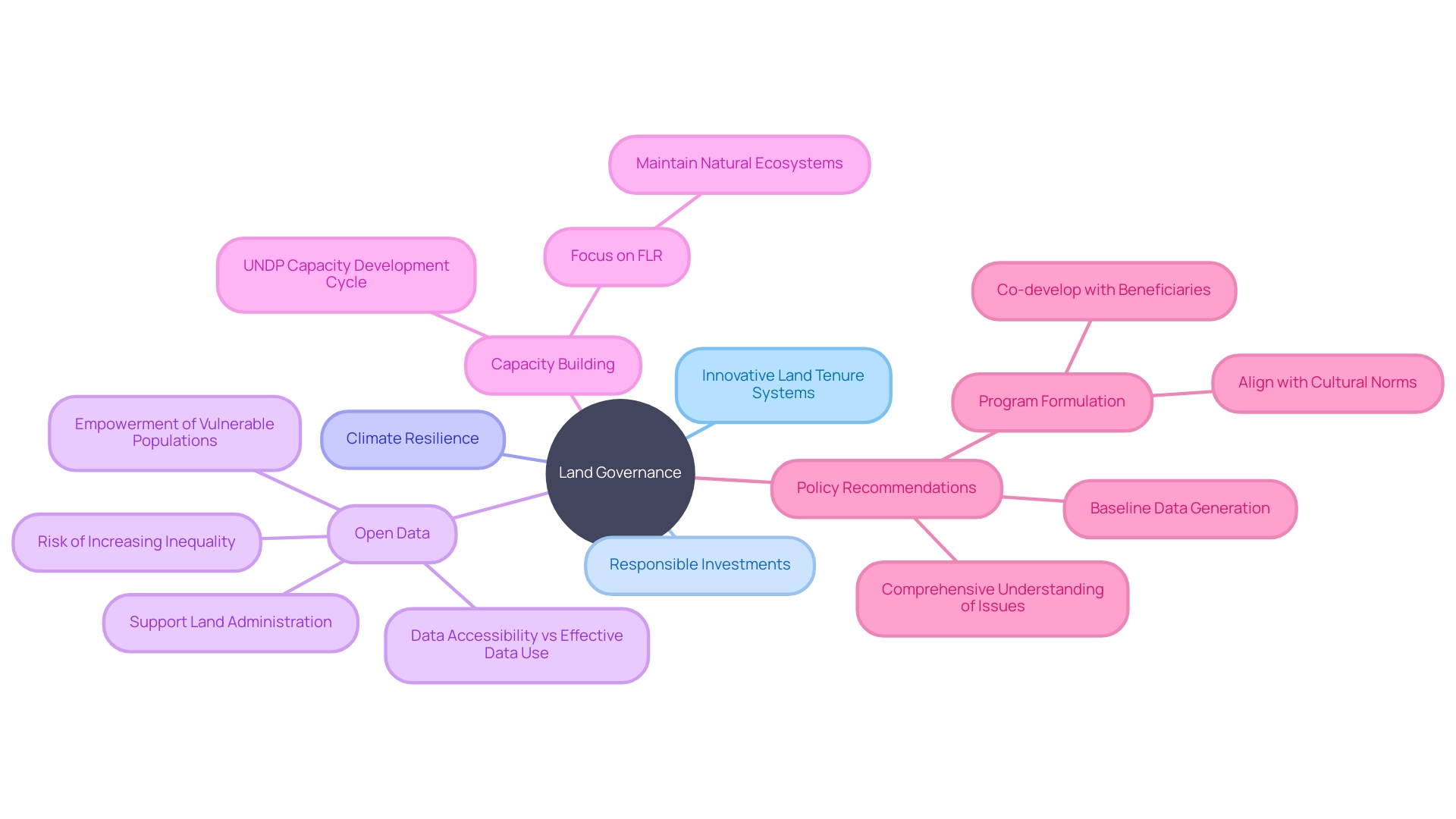
Conclusion
Large-scale land acquisitions (LSLAs) have significant impacts on communities, economies, and the environment, highlighting the need for sustainable land governance. The multilevel governance framework provides insights into the dynamics of land acquisitions, emphasizing clear legal recourse and robust governance. Case studies, such as land governance in Zambia, demonstrate the importance of structured processes and global initiatives like the LAND-at-scale program for sustainable development.
LSLAs disrupt local livelihoods and economic development, particularly for small-scale farmers and indigenous communities. Open data in land administration can support sustainable management, but efforts must be made to address inequality. Socio-ecological patterns play a crucial role in understanding the environmental and cultural impacts of land acquisitions.
Comparing land acquisitions with alternative models like wage labor and outgrower schemes helps assess their impact on labor rights and productivity. Transparent legal frameworks and accountable institutions are essential for effective land governance, along with innovative strategies like blockchain technology and balanced land rights.
Looking ahead, initiatives like the LAND-at-scale program contribute to sustainable land use and climate change adaptation by ensuring fair access to land and natural resources. Securing land and resource rights is critical, as is exploring the potential of autonomous cities and leveraging open data in land administration.
In conclusion, sustainable land governance is crucial for addressing the multifaceted challenges of large-scale land acquisitions. By adopting innovative strategies, promoting transparency, and empowering communities, we can strive for equitable and sustainable outcomes for land resources and the well-being of communities worldwide.




